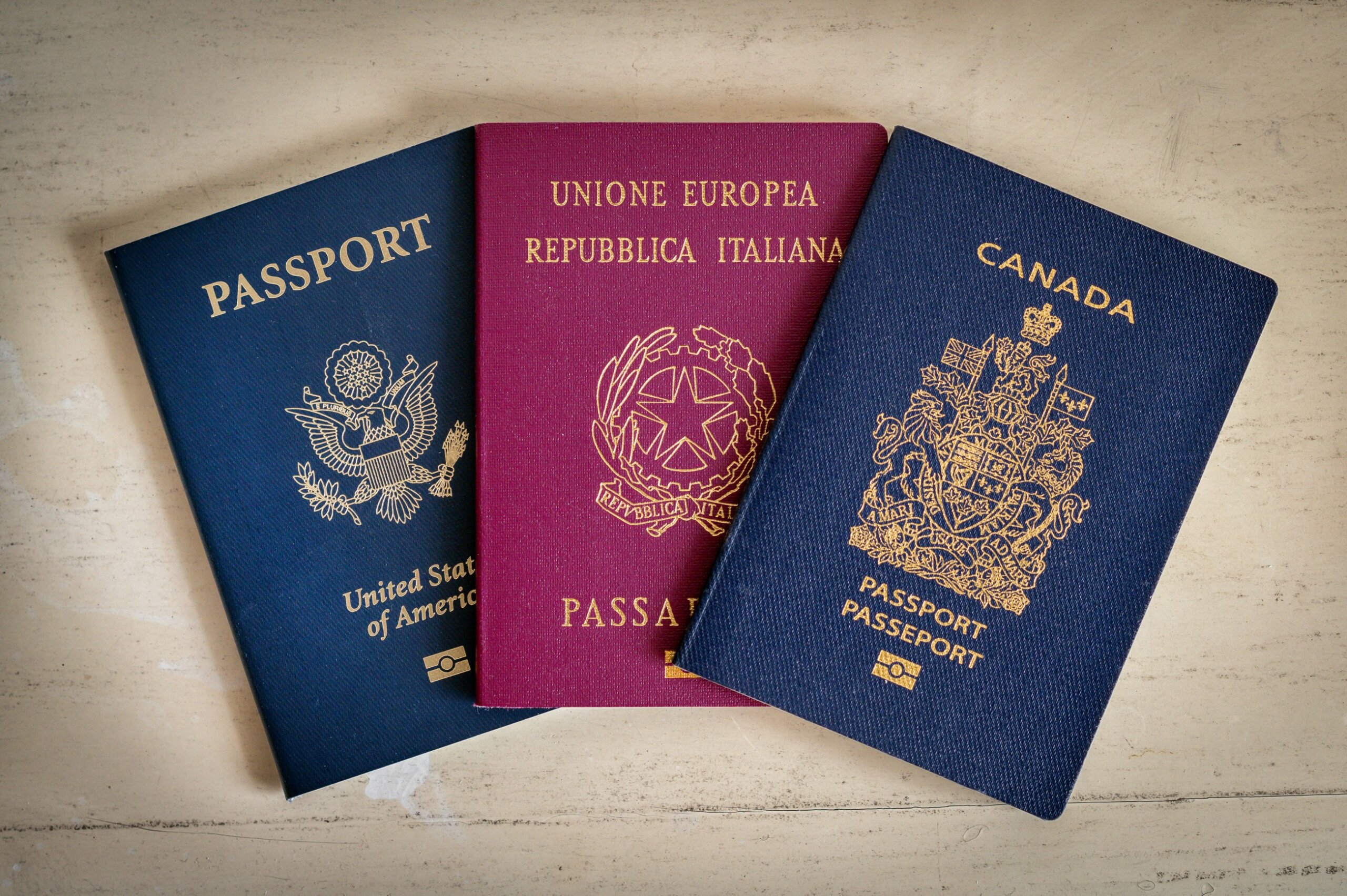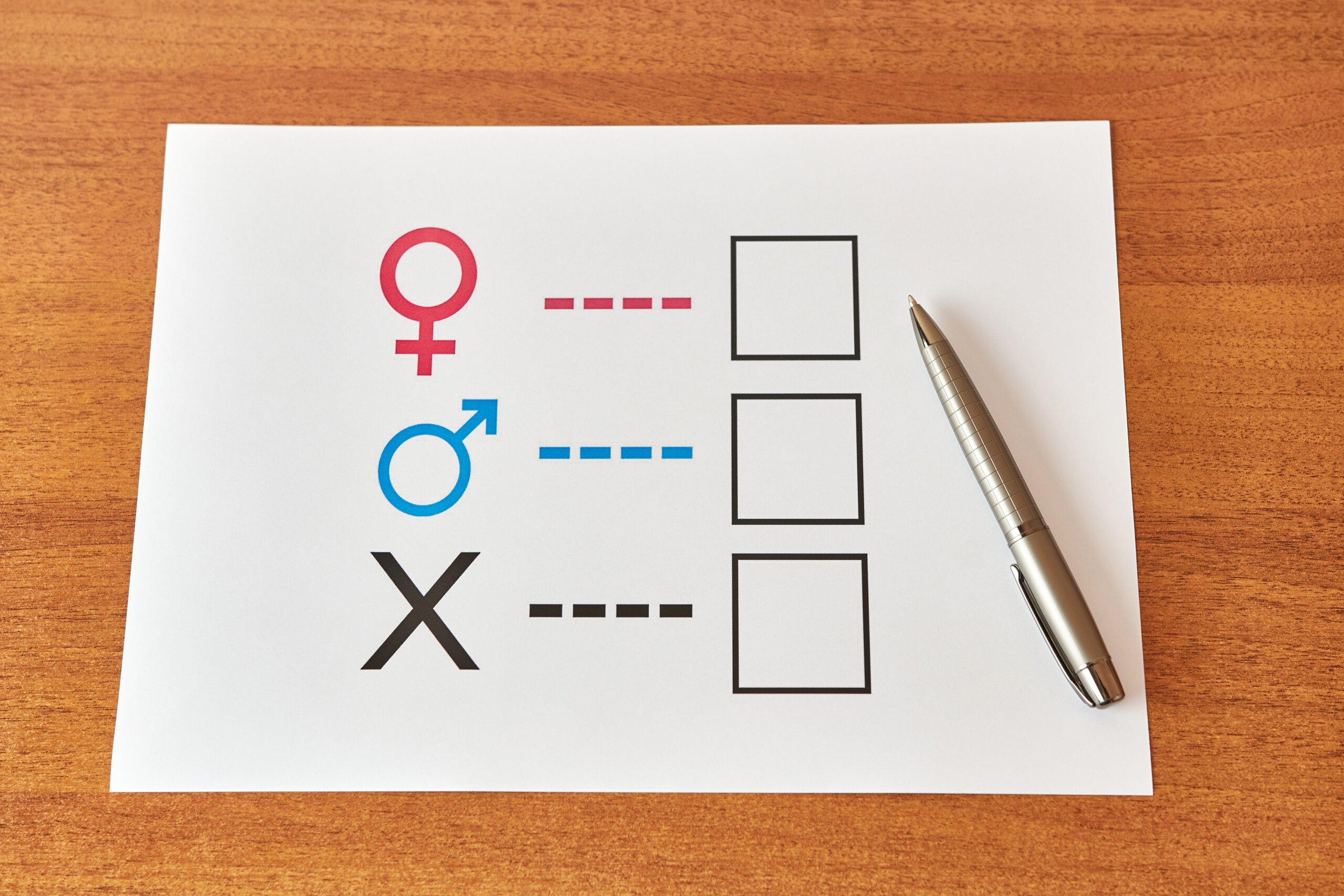
In an evolving landscape of identity and documentation, travelers going to and from Canada now have a fresh consideration to take into account: the “X” gender marker on a passport may not be universally recognized. That newest warning, issued by the Canadian government, raises important questions for anyone holding or applying for a gender-diverse travel document.
What’s the New Advisory?
Canada’s Department of Global Affairs has updated its U.S. travel advice to include this key statement:
“While the Government of Canada issues passports with an ‘X’ gender identifier, it cannot guarantee your entry or transit through other countries.”
In other words, if your passport lists “X” instead of “M” or “F,” some foreign border systems may not accept it. Travelers may also be asked to provide sex or gender details, such as male or female, regardless of their passport.
That advisory is already having ripple effects in the trusted traveler realm. In August 2025, Canada removed the option to select “X” when applying for or renewing NEXUS cards — designed for expedited Canada–U.S. crossings — under pressure from U.S. counterpart systems.
Why the Concern? U.S. Policy Shifts
These changes stem from new U.S. executive orders that restrict gender field options on federal travel documents to binary identifiers (male or female). Under those rules, anyone with non-binary or alternate gender markers — even if legally recognized in their home country — could face extra scrutiny, questioning, or outright denial at the border.
Currently, passports with the “X” designation are still valid for travel. But the situation is in flux: some U.S. systems are being updated to reject non-binary indicators, and visa or travel authorization processes may now ask for sex assigned at birth.
Who Could Be Affected?

According to public reports, approximately 3,600 Canadians currently hold passports with the “X” gender marker. While that is a small slice of total travelers, the issue highlights a much larger question about identity, rights, and travel equity.
However, the implications extend beyond those with “X” passports. Anyone whose gender or identity documentation does not match what U.S. authorities expect or who must fill out forms that don’t allow for inclusive identifiers could be caught in a mismatch.
What Travelers Should Do
If you hold or are considering a passport with a non-binary identifier, here are practical steps to reduce your risk:
- Check official guidance. Canada’s travel advice pages already include warnings about the “X” marker. Meanwhile, the Canadian government’s passport services website reiterates: “We can’t guarantee that other countries … will accept the sex or gender identifier on your passport.”
- Contact U.S. authorities or the embassy. You may benefit from clarifying your situation ahead of departure, particularly for visa or ESTA applications. Some European governments have issued similar advisories urging travelers to do precisely that.
- Carry supporting documentation. Bring proof of legal name change, gender change, or medical/official certification that supports your identity. These may help during questioning at the border.
- Consider delaying travel if uncertain. If your documents may not be accepted, it might be safer to wait until policies stabilize or legal rulings clarify the changes.
- Review travel insurance and policies. Standard policies may exclude losses if entry is denied due to a documentation mismatch. Confirm coverage or special protections before booking.
Key Warnings to Bookmark
Because the policy environment is shifting, here are two essential official links to watch:
- Canada’s U.S. Travel Advice (official): the updated advisory where the government warns about “X” identifiers.
- Passport Sex / Gender Identifier Guidance: the Canadian government’s passport service page explaining limitations and the “X” option.
Looking Ahead
There is legal pushback in U.S. courts against the executive order restricting gender markers, and some preliminary injunctions have forced delays in implementation. But until final rulings are made, uncertainty remains high.
For cross-border travelers between Canada and the U.S., the most straightforward advice is to proceed with caution. Ensure your documentation aligns as closely as possible with recognized standards and systems. And if you hold or prefer a non-binary marker, be ready to advocate for your identity while navigating evolving rules.
As travel restrictions and rules evolve, keeping track of government advisories from both Canada and the U.S. is essential.
